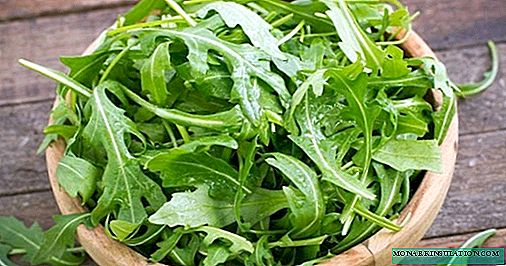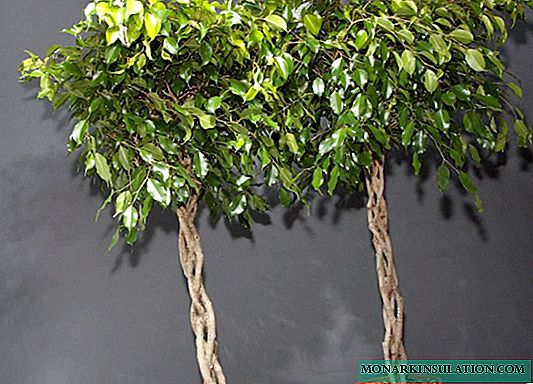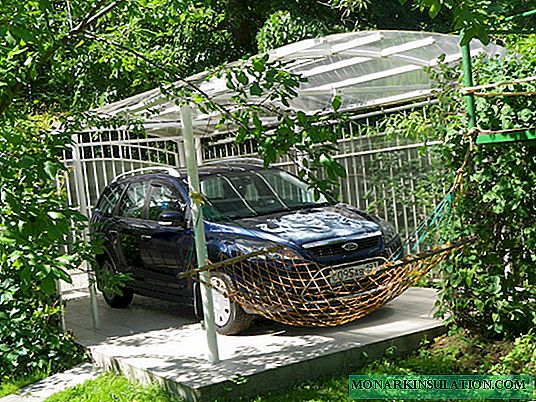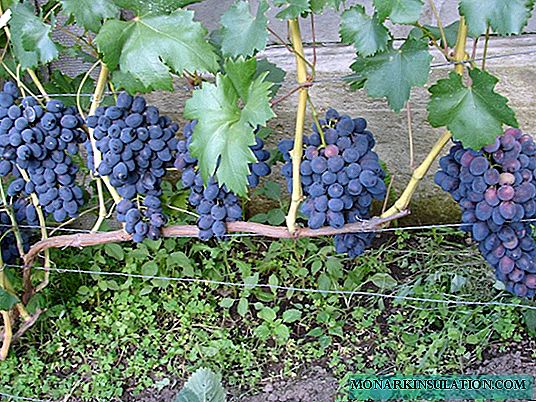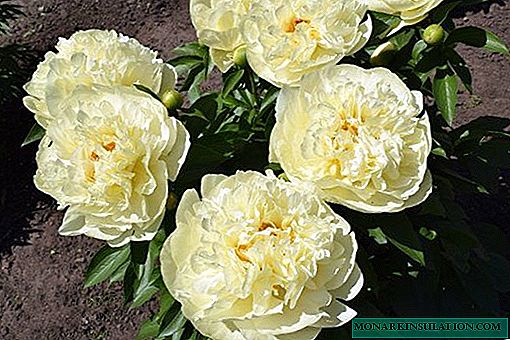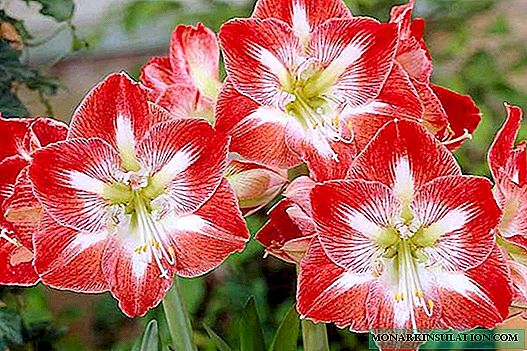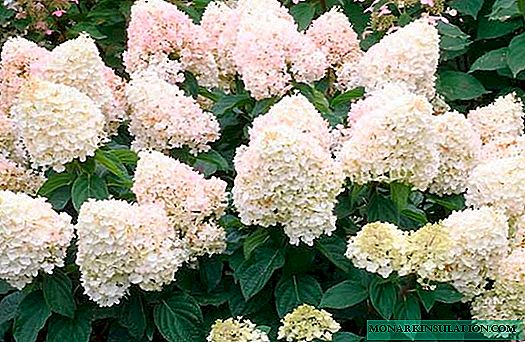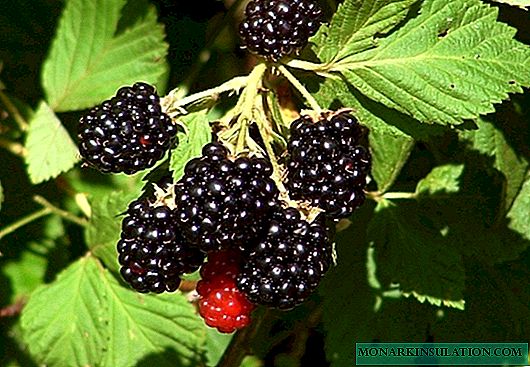Metal, stone and wooden statues for the garden to make yourself quite difficult. If you buy them or order, you have to significantly spend. However, there is an alternative - gypsum crafts for the garden.
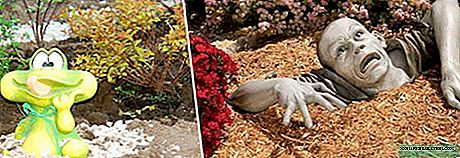
Several ways to prepare gypsum mortar
The solution hardens quickly after preparation. This is both its advantage and disadvantage. Plus: reduced time for making crafts, minus - you may not have time to make a product. There is also another negative point: fragility. You need to be extremely careful when transporting the figurine so as not to split.
When making gypsum sculptures, it is very important to properly prepare the solution. There are many ways, consider the most popular.
- Add gypsum to water in a proportion of 7 to 10. Mix thoroughly and add 2 tbsp. PVA glue. Thanks to this component, the mixture will be more elastic.
- Mix gypsum with water (6 to 10). After mixing, add 1 part slaked lime. This will make the mixture plastic, and the sculptures, after drying, are harder and stronger.
More complex process step by step:
- Dilute 1-2 jars of gouache in water.
- Mix thoroughly until the paint is completely dissolved.
- Pour gypsum into the colored water, stirring slowly (10 to 6 or 10 to 7).
- Stir until smooth, similar to pancake dough. Watch carefully so that there are no bubbles.
- Gypsum is added to water, and not vice versa. This helps to avoid dust.
A step-by-step process for manufacturing gypsum products
Before you dilute the gypsum mortar, you need to prepare everything to create products.

Filling in the form:
- With a brush dipped in sunflower oil, water and a soap solution (1: 2: 5), Pass through the inner region of the mold (mold).
- Take your time so that no air bubbles arise, pour in the gypsum solution.
- Insert foam or plastic balls into the middle to save plaster. They should not come close to the form, otherwise they will be noticeable on the frozen figure.
- Pour a layer of gypsum mortar on top of the balls.
- All actions are performed first with one half of the form, then with the other.
- Remove excess mortar around the edges with a spatula.
- Leave to dry for at least a day.
- After the gypsum has completely solidified, remove the figure from the mold. If it is silicone, you need to bend the edges and gradually remove from the product. When the solid form can be turned over on a flat surface, knock lightly, slowly raise.
Most often, sculptures are created from two forms (one is poured for the front side, the second for the back). After pouring, they need to be fastened together:
- Sand the inner even surface of the half with sandpaper to remove dust. So the parts will be bonded more firmly.
- Apply glue with dots to the middle, around the perimeter and to the remaining empty spaces.
- Connect the parts evenly, press firmly against each other and fix in this position until dry.
The next important step will be staining the product. This is a great way to be creative and creative. For decoration you will need:
- paints;
- brushes;
- varnish;
- PVA glue or construction primer.
Step by Step Actions:
- The product is completely coated with a solution of water and glue (1 to 1 ratio). As an alternative: apply 2-3 layers of heated drying oil.
- After drying the primer, paint the sculpture with paints. If the figure is more than 0.5 m, you can use a spray can or spray gun for speed and convenience.
- After the paints have dried, decorate the product with improvised materials that will be appropriate. For example, with buttons, beads, shells, cones, small stones, etc. They are fixed with outdoor glue (such as Titanium). Remove excess with a tissue.
- Coat the entire surface with a clear varnish not water-based. The packaging should be labeled “for outdoor use”.
- Leave the craft to dry until the smell of varnish completely disappears.
Dry the product in the open air or in a well-ventilated room.
Plaster crafts for the garden: DIY ideas
Ideas of figures:
- animals: turtle, cat, frog, and others;
- fairy-tale characters (a great option for a playground);
- various buildings: castle, hut, house for the gnome, etc .;
- plants: flowers, mushrooms, etc.
Plaster and Bottle Crafts
If there is no experience in the manufacture of gypsum products for the yard on the site, it is better to first practice on simpler options.

For example, on mushrooms from plastic bottles and gypsum:
- Cut the neck of a plastic bottle.
- Cover the inner walls with a mixture of vegetable oil, soap solution and water (1: 2: 7).
- To save gypsum, place a smaller bottle inside. Press it down with a press.
- Pour the gypsum mortar inside.
- After 30 minutes, cut off the protruding plastic.
Making a hat in stages:
- Take a suitable cup in shape. Cover it with polyethylene so that wrinkles do not form.
- Pour gypsum solution inside.
- While the mixture is still, insert the foot.
- After 40 minutes, remove the finished item.
Foundation Creation:
- Take a large cup or deep plate and cover it with cellophane.
- Pour in gypsum.
- Wrap the leg with polyethylene and place inside.
- Remove the product from the mold after solidification and leave for 2 days in a warm place.
The final step is to decorate the composition. To do this, you need to connect your creative abilities. The mushroom can be decorated with nail polish, waterproof paints, images add volume with a knife, glue decorations, etc.
Cement and gypsum flower beds
Plaster products look very attractive, but they are fragile. If you want to make more durable sculptures, it is better to use cement. A solution of it is made with the addition of sand. The proportion is taken 1 to 3 with the addition of such an amount of water so that the mixture has a plasticine consistency.
Arm
A flowerbed in the form of hands that seems to hold flowers will look very unusual.

You will need:
- latex gloves;
- concrete solution (1: 3);
- putty;
- sandpaper;
- deep capacity.
Step-by-step process:
- Pour the solution into gloves.
- Fold them in a container in a suitable position.
- Leave to harden (cement dries for about 2-3 days).
- Cut gloves and remove.
- Putty, wait a few hours, walk on the surface with sandpaper.
The product can be reinforced with wire. Then fill the flower bed with soil and plant the plants.
Wire-frame sculptures
You can make artificial boulders for the garden.

Step by Step Actions:
- Form a skeleton from light material. You can use mounting tape, curled paper, etc.
- Wrap it with plaster mesh.
- Thinly apply the solution. It does not need to be aligned so that it is as natural as possible.
- Cover with plastic wrap until dry.
You can also make complex figures for the garden. For example, an angel, a dog or any other sculpture. You just need to turn on the fantasy. For the manufacture of the frame, you need to fill with mortar, and to make the product hollow, use a building mesh.
Various ideas
Drinking bowls in the form of burdock made of cement, which is durable and plaster, look very creative in landscape design:
- Make a slide of wet sand on polyethylene.
- Cover the knoll with polyethylene, fix with stones.
- Lay the burdock without holes.
- Cover with cement or gypsum (approximately 2 cm for the central zone and 1 cm for the sides).
- Install a metal pipe in the center of the sheet. Fill it with cement.
- Wait for drying.
- Primer and paint.
You can make “drowning” figures. Those. these sculptures “crawl out” of the earth. The turtle, mushroom, flowerpots or other objects decorated with mosaics will also look attractive. All cement ideas can be implemented with plaster.

DIY jewelry is easy. Even a person who believes that he has no imagination can take these ideas as a basis. The main thing is to set aside time for their implementation.

